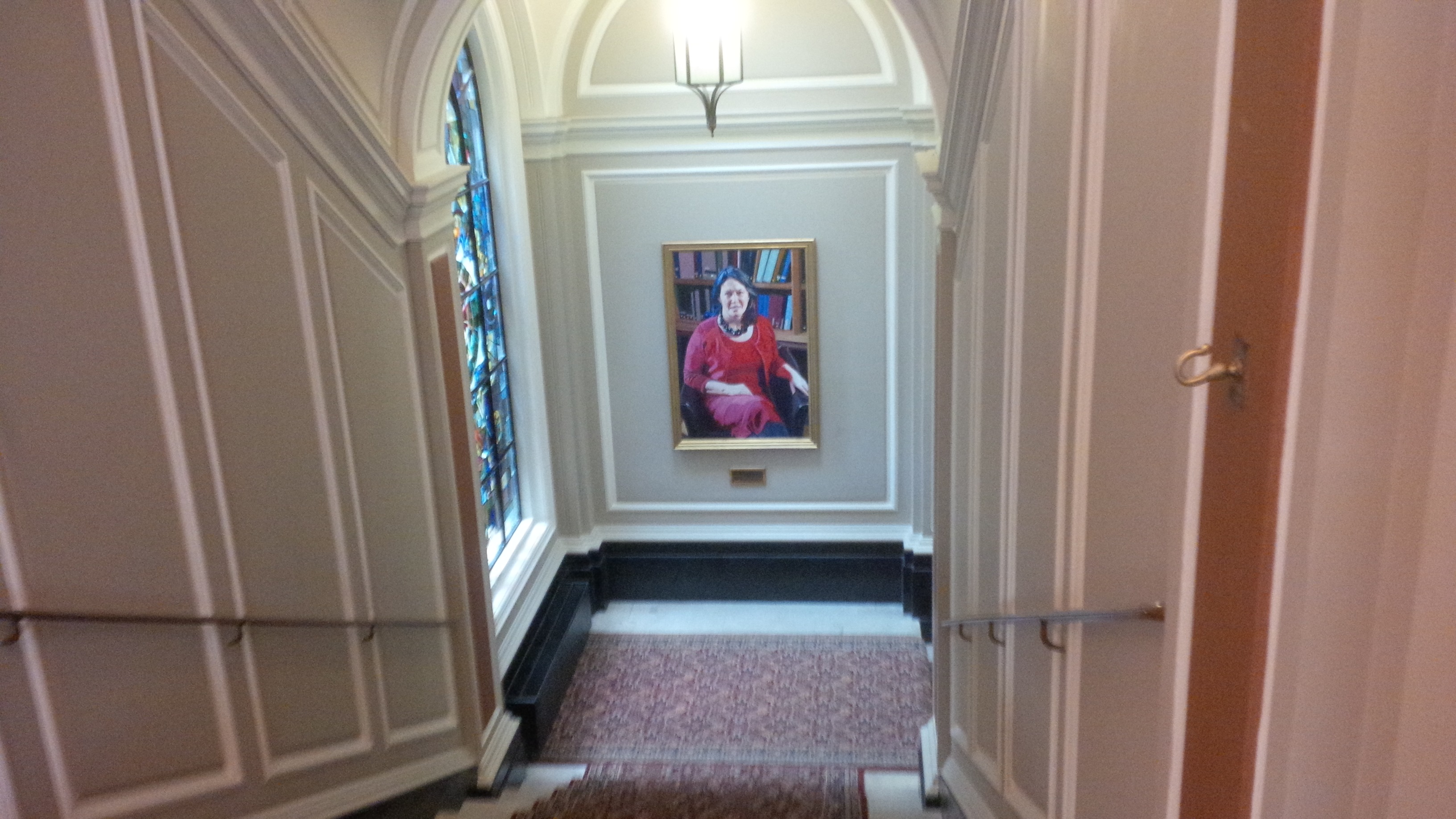boiserie on:
[Wikipedia]
[Google]
[Amazon]
Panelling (or paneling in the U.S.) is a millwork wall covering constructed from rigid or semi-rigid components. These are traditionally interlocking wood, but could be plastic or other materials.
Panelling was developed in antiquity to make rooms in stone buildings more comfortable both by insulating the room from the stone, and reflecting radiant heat from wood fires, making heat more evenly distributed in the room. In more modern
 The term wainscot ( or ) originally applied to high quality
The term wainscot ( or ) originally applied to high quality
building
A building, or edifice, is an enclosed structure with a roof and walls standing more or less permanently in one place, such as a house or factory (although there's also portable buildings). Buildings come in a variety of sizes, shapes, and funct ...
s, such panelling is often installed for decorative purposes. Panelling, such as wainscoting and boiserie in particular, may be extremely ornate and is particularly associated with 17th and 18th century interior design, Victorian architecture in Britain, and its international contemporaries.
Wainscot panelling
 The term wainscot ( or ) originally applied to high quality
The term wainscot ( or ) originally applied to high quality riven
''Riven'' is a puzzle adventure video game. It is the sequel to ''Myst'' and second in the ''Myst'' series of games. Developed by Cyan Worlds, it was initially published by Red Orb Entertainment, a division of Broderbund. ''Riven'' was distribu ...
oak boards.
Wainscot oak came from large, slow-grown forest trees, and produced boards that were knot-free, low in tannin, light in weight, and easy to work with. It was preferred to home-grown oak, especially in the Netherlands and United Kingdom, because it was a far superior product and dimensionally stable.
The ''Oxford English Dictionary'' states that it derives from the Middle Low German ''wagenschot'' as well as ''wageschot'' or 'wall-board'. '' Johnson's Dictionary'' defined it thus:
A 'wainscot' was therefore a board of riven (and later quarter-sawn) oak, and wainscoting was the panelling made from it. During the 18th century, oak wainscot was almost entirely superseded for panelling in Europe by softwoods (mainly Scots pine and Norway spruce
''Picea abies'', the Norway spruce or European spruce, is a species of spruce native to Northern, Central and Eastern Europe.
It has branchlets that typically hang downwards, and the largest cones of any spruce, 9–17 cm long. It is very close ...
), but the name stuck:
Today the term wainscot refers commonly to the different treatment of the lower part of the wall (roughly a meter, 3-4 feet); see also dado.
''Boiserie''
''Boiserie'' (; often used in the plural ''boiseries'') is the French term used to define ornate and intricately carved wood panelling. ''Boiseries'' became popular in the latter part of the 17th century inFrench
French (french: français(e), link=no) may refer to:
* Something of, from, or related to France
** French language, which originated in France, and its various dialects and accents
** French people, a nation and ethnic group identified with Franc ...
interior design, becoming a ''de rigueur '' feature of fashionable French interiors throughout the 18th century. Such panels were most often painted in two shades of a chosen color or in contrasting colors, with gilding reserved for the main reception rooms. The Palace of Versailles
The Palace of Versailles ( ; french: Château de Versailles ) is a former royal residence built by King Louis XIV located in Versailles, Yvelines, Versailles, about west of Paris, France. The palace is owned by the French Republic and since 19 ...
contains many fine examples of white painted ''boiseries'' with gilded mouldings installed in the reigns of Louis XV and Louis XVI. The panels were not confined to just the walls of a room but were used to decorate doors, frames, cupboards, and shelves also. It was standard for mirrors to be installed and framed by the carved ''boiseries'', especially above the mantelpiece of a fireplace. Paintings were also installed within ''boiseries'', above doorways or set into central panels.
See also
* Moulding (decorative) * Ornament (art) * Panel edge staining *Structural insulated panel
A structural insulated panel, or structural insulating panel, (SIP), is a form of sandwich panel used in the construction industry.
SIP is a sandwich structured composite, consisting of an insulating layer of rigid core sandwiched between two lay ...
* Vacuum insulated panel
A vacuum insulated panel (VIP) is a form of thermal insulation consisting of a gas-tight enclosure surrounding a rigid core, from which the air has been evacuated. It is used in building construction, refrigeration units, and insulated shipping c ...
* Crown moulding
* Dado (architecture)
* Dado rail
* Woodie (car body style)
* Wall panel
References
External links
* {{Authority control Woodworking Wallcoverings fr:Lambris sv:Panel